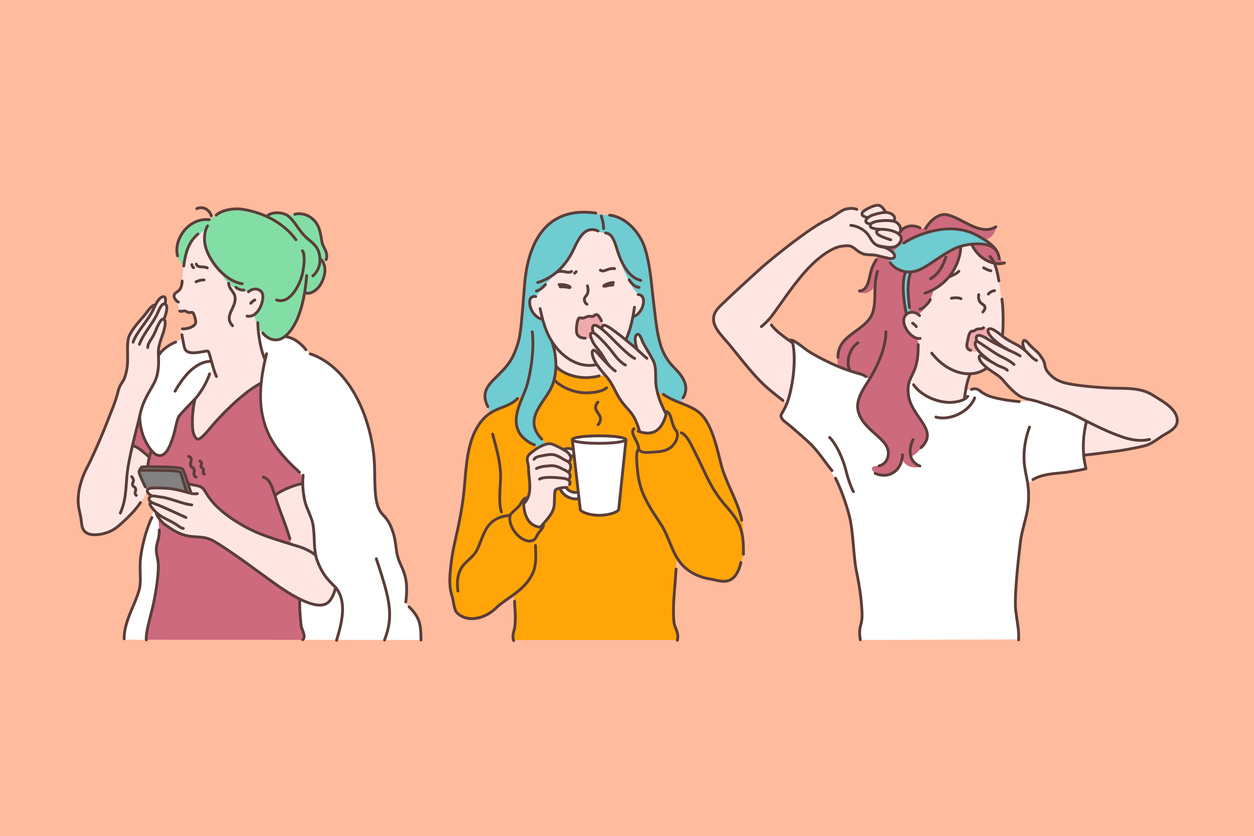Have you ever dozed off in the middle of the day? Maybe during your early morning meeting, or after lunch? Falling asleep for a few seconds at a time is known as microsleep, which is quite a serious condition.
Since microsleep can happen at any time – while you’re driving, for example – it can be dangerous and a true hindrance to your everyday life.
Read on to learn what causes microsleep as well as the signs, symptoms, and treatment options that come with this condition. Get in touch with your local sleep specialist if you are concerned that microsleep may be affecting you.
What Causes Microsleep?
In most cases, microsleep occurs as a result of another condition. Patients with a prior history of insomnia, obstructive sleep apnea, narcolepsy, or other serious sleep disorders are likely to develop patterns of microsleep as well. A Sleep.org study shows that sleep apnea is the most common cause of microsleep.
Not all microsleep patients have a previously diagnosed sleep condition, however. In some cases, a general lack of sleep can also lead to the development of microsleep. If you consistently aren’t getting enough sleep, you are at risk of falling asleep during the day at intermittent times.
What Are the Major Symptoms of Microsleep?
If you struggle to stay awake during the day and notice yourself dozing off at various times, this is a sure sign that you are dealing with a serious sleep condition. Other symptoms and warning signs include:
- Sudden jerks or movements of the body
- Lack of response to any information coming your way
- Inability to keep your eyes open
- Drooping your head frequently
- Blinking slowly
- Constant yawning
Microsleep can happen at any time of the day. It will happen most frequently during the hours where you would typically be asleep, such as late at night or very early in the morning. However, microsleep can also happen in the middle of the day or at random times. If your body feels sleep-deprived, you are prone to episodes of microsleep.
What Treatment Options Are Available?
The best treatment option for you depends on the condition and severity of your microsleep symptoms. The best way to get rid of microsleep is to maintain a proper sleep schedule, making sure to get between seven and nine hours of sleep each night.
You can work with your sleep doctor to develop a lifestyle routine with changes you can easily adapt to. For some patients, this involves an effort to avoid caffeine and alcohol before bed. For others, this may mean doing away with any stimulating activities, like watching TV or playing games, well before it is time to go to sleep.
Things to Avoid
Since you can be affected by episodes of microsleep at any time, it is important to avoid driving and working when you are feeling drowsy. If you are active, alert, and awake, then you can feel safe to drive.
If you miss your exit, have heavy eyelids, or feel yourself drifting in and out of the lane, you must pull over immediately and cease driving until you are alert.
It is important to tune in with yourself and stay aware of the signs and symptoms of sleeping disorders so you can keep yourself safe and healthy.
Stay On Top of Your Health Now
Sleep disorders are serious conditions that can affect the quality and abilities of your everyday life. When you are sleep deprived, you can be hit with episodes of microsleep at any time. At work, in the car, or at home – it is important to assess your drowsiness and create a sleep schedule that works for you.
Get in touch with Dr. Mayank Shukla and his team of friendly experts to move forward with the next steps in treating your sleep condition. Get in touch with us online or call our office at (917) 746-3431 to set up a consultation.


